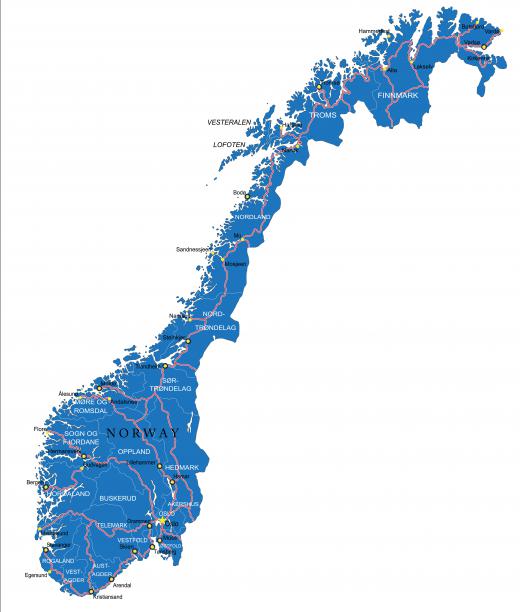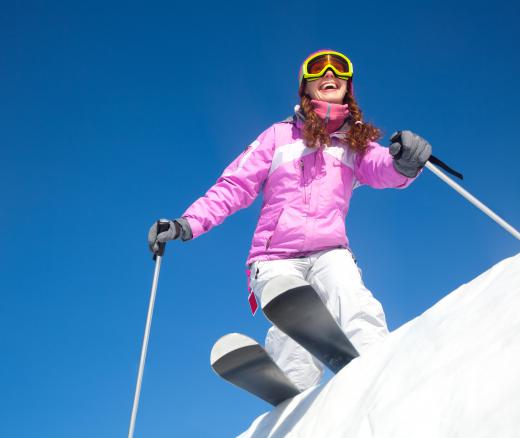The slalom is an alpine ski event that tests the skier’s agility and ability to make tight turns around gates. The speed of the slalom is slower than that of downhill racing, and gates range in number from 55-75 gates in the men’s events, to 40-60 gates in women’s events. Slalom is the shortest of the ski courses, with no practice runs allowed and skiers given two runs. The winner has the lowest combined time from the two runs. Disqualification occurs if a skier misses a gate.
Giant slalom is similar in many respects to slalom, but the total number of gates is usually less. This means skiers have to navigate fewer gates, about 50 for men and fewer still for women. Scoring in giant slalom is approximately identical. Skiers get two runs with a combined score. Lowest time wins the race. Skiers are not allowed practice runs in giant slalom, so the first time they ski the course they’re actually competing.

Due to the fact that there are fewer gates, the gates are more widely spaced apart, about 32.8 feet (10 meters) from each other. Unlike downhill races, or Super G, which combines the disciplines of slalom and downhill, speed is much slower in order to navigate the many directional changes needed to make it around each gate. This does not mean that the speed, for the average non-skier would be considered slow. A technically gifted skier may ski at speeds of about 45 mph (72.42 kph). The wider and fewer gates tend to make giant slalom faster than slalom events.

Speed has to be tempered with complete accuracy in turning and directional change. The quickest way to lose in the event is to miss a gate, and even though gates are farther from each other, they’re still easy for the novice, and even the professional skier to miss. Pace has to be just right in order to retain speed while making every gate, and skiers must recover from each directional change in order to be ready for the next gate, while still skiing fast.

Europeans have dominated many of the alpine ski events, and giant slalom is no exception. Skiers from Norway, Austria, Italy, France and Switzerland usually win Gold Medals in Olympic and World Cup Events. A few Americans have made a place for themselves by capturing medals in this event. Bode Miller garnered an impressive Silver at the 2002 Olympics in Salt Lake City, but failed to live up to high expectations for his performance in 2006.
Some of the greatest skiers in giant slalom have come from Italy. Of particular note is Deborah Compangnoni, who won Olympic Gold medals in giant slalom in 1994 and 1998, in addition to winning Golds at the World Championships in 1996 and 1997. Alberto Tomba, who is hugely popular in Italy, matched Compangnoni’s performance, by winning back-to-back Golds in 1988 and 1992. He also claimed Golds in the 1996 World Championship for both slalom and giant slalom.
